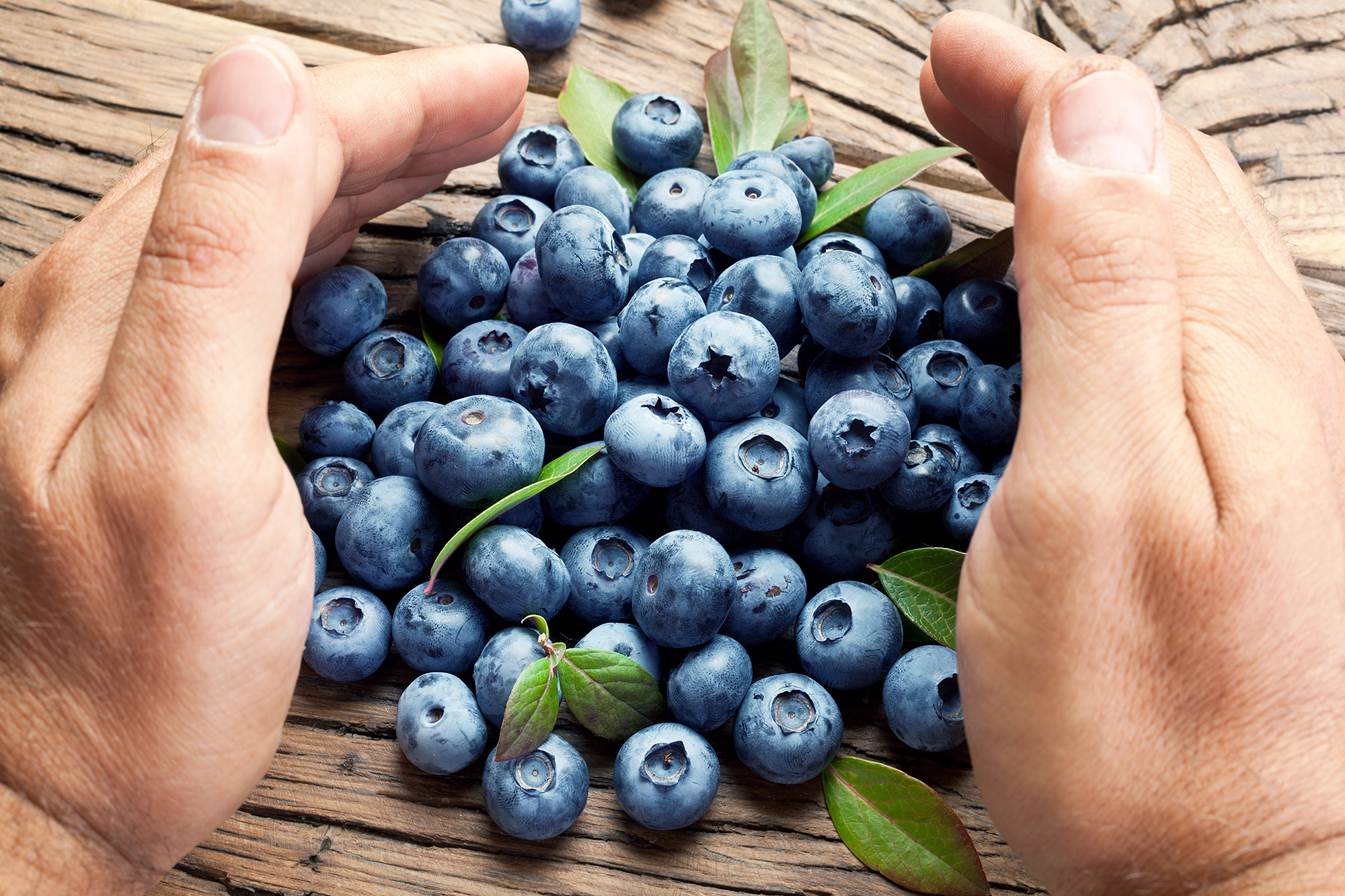Chile’s organic season grows significantly
According to information from IQonsulting, shipments of organic blueberries from Chile are entering the weeks peak of departures, which are generally located in weeks 03 and 04 with a cumulative total to week 01 that already exceeds 8.900 tons, which is representing an increase of 18% compared to the exports of the 2019/20 season, maintaining a major upward trend since week 48.
This upward trend curve in organic blueberry exports has had very notable moments, such as the volume of shipments in week 50, which was 100% higher than the corresponding figure for the same week of the previous season.

In comparative terms, during the 2019/2020 season, Chilean organic blueberries already showed a growth trend. According to information issued by the Chilean Blueberry Committee, export shipments for week 11 registered a record 15.470 tons, which was 16% above the volumes reached in the previous season.
In turn, in the 2019/2020 season, the North American markets were the destination of 77% of the volumes, with a growth of 11% compared to the previous season, and the European markets concentrated the remaining 23% of exports organic, meaning a growth of 41%.
Conventional
For its part, with regard to conventional production blueberries, harvests continue to be centered in the south central zone, in mid-season varieties and starting with late varieties. Historically, these regions are the ones that provide the highest export volumes. The southern zone of Chile continues with rising volumes, although harvest activities were interrupted at the end of week 01 and the beginning of week 02, due to the intensity of the rains that fell from the region of La Araucanía to the south .
In the return to full week working days, after the end of the year celebrations, in week 01 9.396 tons were exported, which gives a cumulative 66.441 tons, which means a fall of 2,3% compared to the 67.926 tons of the previous season.
One week of distortion
Regarding the accumulated, it must be clarified that by having an extra week this season, the comparison of export volumes is altered and the figures are not exactly representative, so at the end of the season it will only be possible to evaluate the accurate results of the volumes.
In these first weeks of the year the availability of labor for the harvest remains limited, but with the closure of the cherry season in much of the south central zone the situation is more comfortable than it was seen during December, although there is fields that continue to report a certain shortage of human resources to cover harvest activities.
Regarding the markets, according to information from IQonsulting, Europe received 16% more fruit compared to the previous season, North America 5% less and the Far East 28% less.
25/01/2021





